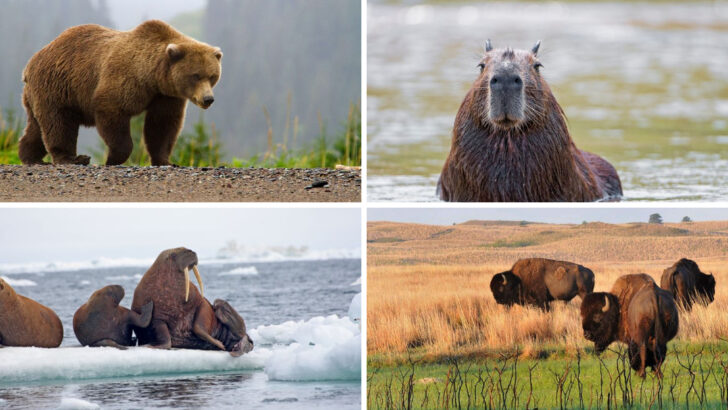Brown is not boring—it’s nature’s power color.
Forget neon feathers or tropical hues. Brown is the stealthy shade of the wild, the color of camouflage, survival, and quiet confidence.
From furry forest dwellers to sleek desert wanderers, earth-toned animals don’t need to shout to be spectacular. They blend, they stalk, they rule.
These creatures wear the colors of tree bark, rich soil, and deep shadows—and they do it with undeniable grace.
Get ready to meet 20 animals that make brown look bold, beautiful, and anything but plain.
Brown Bear
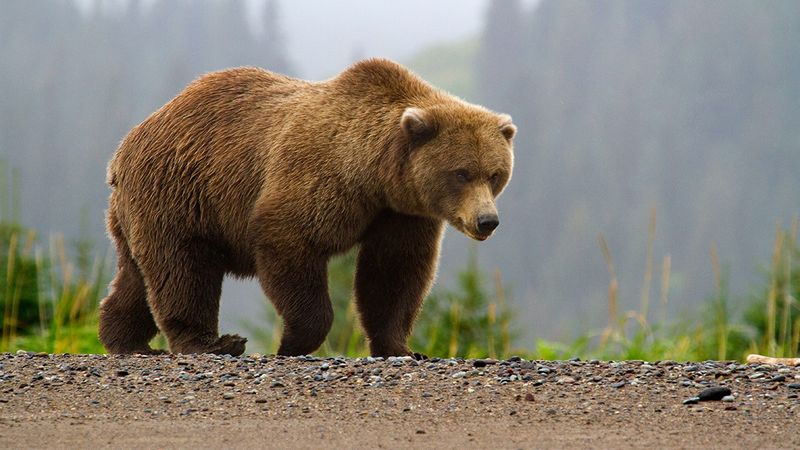
The brown bear, a symbol of strength and solitude, roams the verdant forests and icy rivers. Known for their powerful build, these bears can weigh up to 1,500 pounds.
Despite their imposing stature, they have a surprisingly gentle side, often seen playfully wrestling with their cubs. Their brown fur not only provides warmth in harsh climates but also blends seamlessly with the autumnal forests.
Did you know? Brown bears hibernate for up to seven months, surviving off their accumulated fat reserves. Their adaptable nature and varied diet make them fascinating creatures to observe.
Capybara
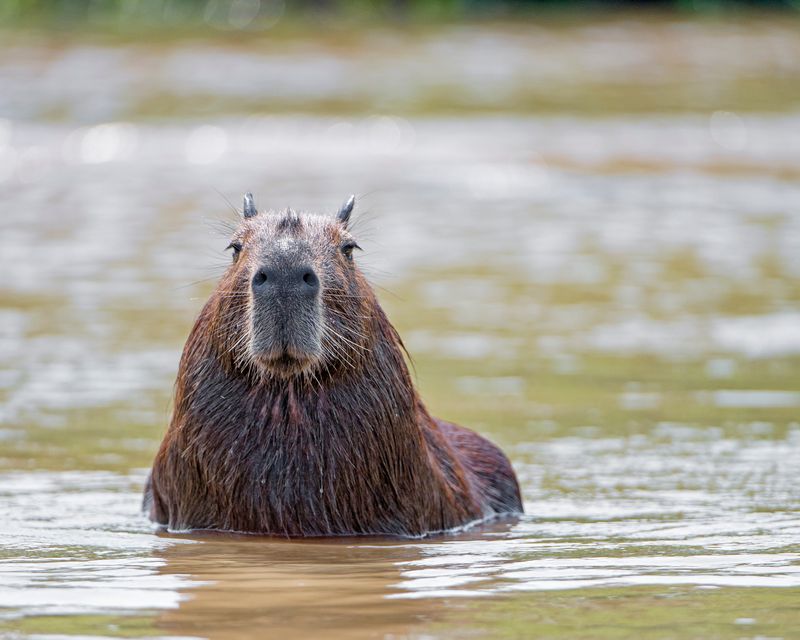
With their laid-back demeanor, capybaras are the world’s largest rodents and are native to South America. These gentle giants can often be found near water bodies, basking in the sun.
Their brown, water-resistant fur allows them to seamlessly integrate into their swampy habitats. Social creatures by nature, they often live in groups, sharing their space with various bird species.
Interestingly, capybaras are known to be excellent swimmers, using their webbed feet to glide through waters effortlessly. Their ability to communicate with a range of vocalizations adds to their charm and allure.
Bison
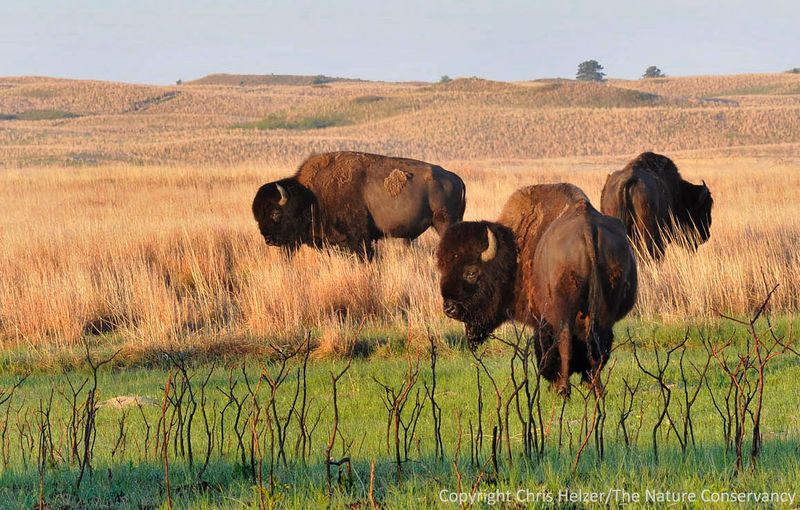
Bison, often seen as icons of the great American plains, are massive creatures with a commanding presence. These majestic animals have thick brown coats that protect them from the harsh winters of their native habitats.
Their massive heads and humped backs make them unmistakable in the wild, as they roam the prairies in search of food. Bison play a critical role in their ecosystems, shaping the landscape and providing habitats for other species.
Did you know? Bison have a unique behavior called “wallowing” where they roll in the dirt to deter insects and shed fur. This behavior adds to their rugged charm.
Kangaroo
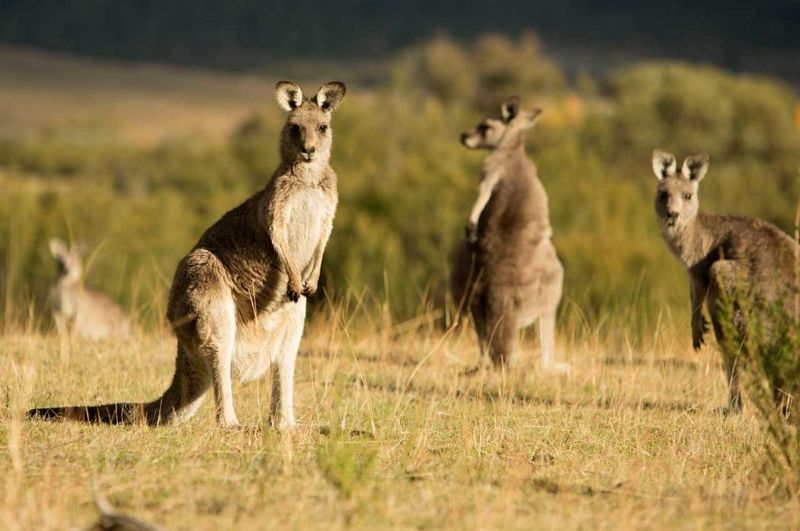
Known for their powerful hind legs and iconic hopping gait, kangaroos are quintessentially Australian. Their reddish-brown fur helps them blend into the arid landscapes of the outback.
Highly social animals, they live in groups called mobs, which provide protection and companionship. Kangaroos are marsupials, meaning they carry their young in pouches, a unique and endearing trait.
Interestingly, kangaroos cannot walk backward, a fact that symbolizes their forward-moving, resilient nature. Their adaptability to diverse climates makes them remarkable embodiments of survival and endurance.
Wombat
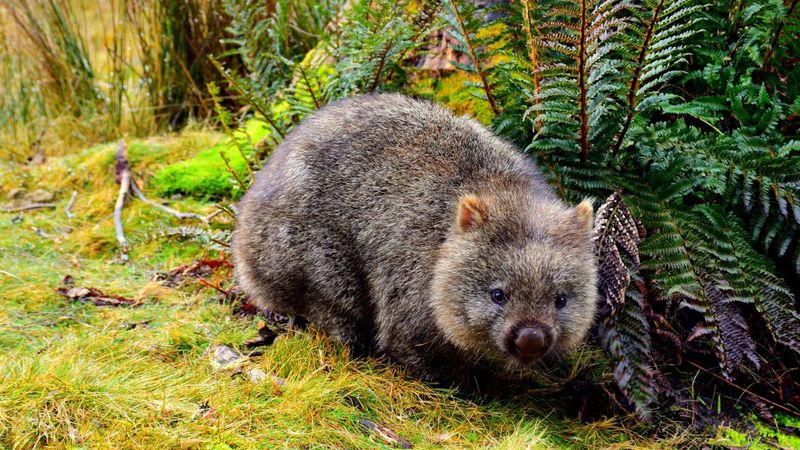
Wombats, with their stout bodies and burrowing habits, are intriguing marsupials native to Australia. Their brown fur provides camouflage in the earthy hues of their woodland habitats.
Known for their digging prowess, wombats create extensive burrow systems to escape predators and find shelter. These nocturnal creatures emerge at dusk to forage for food, primarily feeding on grasses and roots.
A unique feature of wombats is their cube-shaped droppings, which help mark their territory. This quirky trait has fascinated scientists and adds to the wombat’s enigmatic allure.
Moose
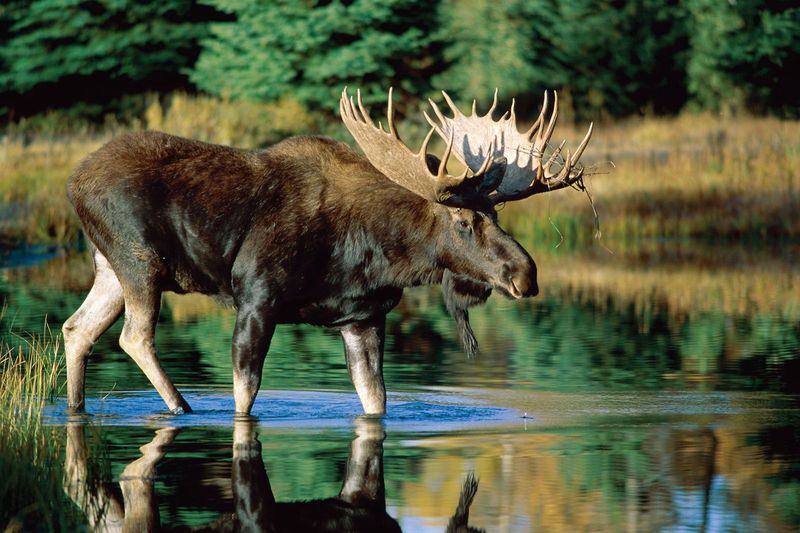
With their impressive antlers and towering stature, moose are the largest members of the deer family. Their brown fur keeps them insulated in the cold climates of the northern hemisphere.
Moose are often found near water bodies, where they feed on aquatic vegetation. Their solitary nature and calm demeanor make them intriguing subjects of wildlife observation.
Despite their massive size, moose are strong swimmers, using their long legs to navigate rivers and lakes. Their adaptability to varied terrains makes them symbols of wilderness and resilience.
Beaver
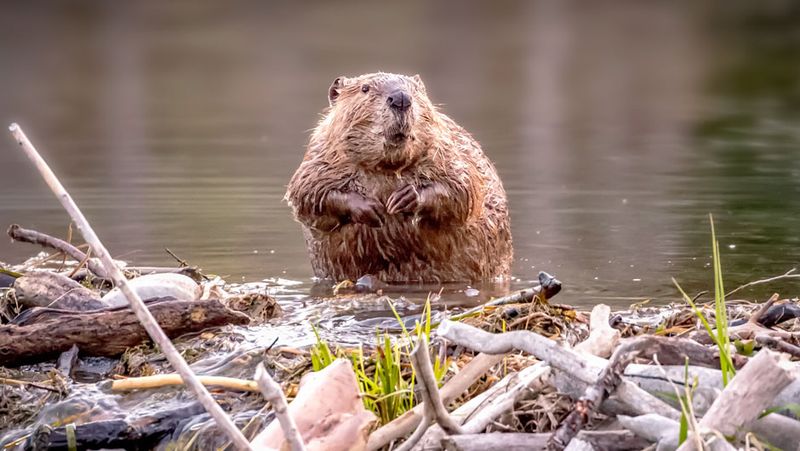
Beavers are nature’s engineers, known for their remarkable ability to construct dams and lodges. Their brown fur is well-suited to their aquatic lifestyle, keeping them warm and dry.
Beavers play a vital ecological role, creating wetlands that support diverse plant and animal life. Their industrious nature and commitment to their craft are truly admirable.
Did you know? Beavers have transparent eyelids that act like goggles underwater, allowing them to see clearly while swimming. This adaptation, along with their flat, paddle-like tails, make them exceptional builders and swimmers.
Prairie Dog
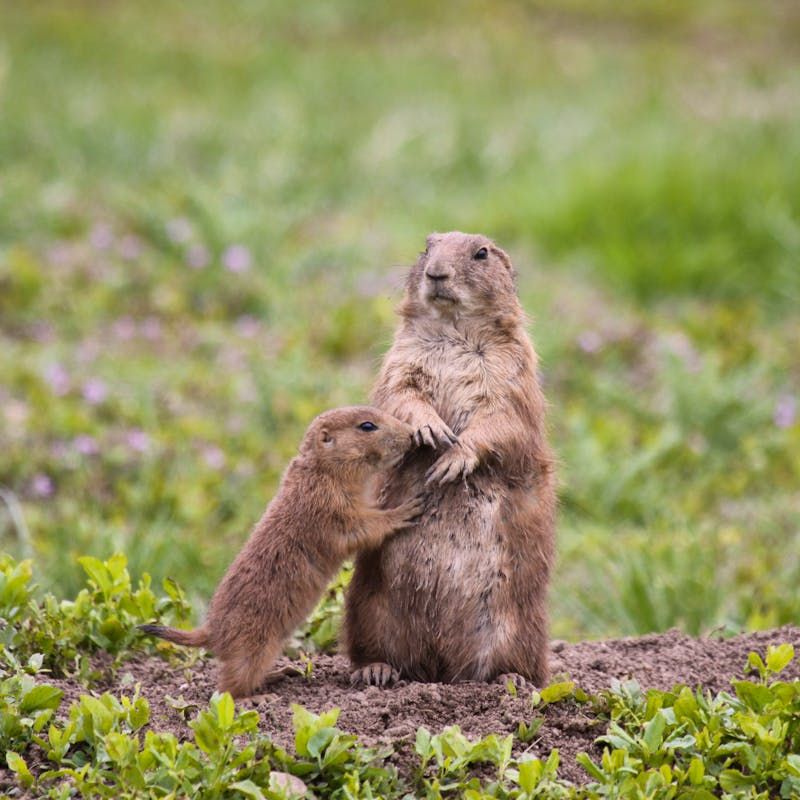
Prairie dogs are small, burrowing rodents that inhabit the grasslands of North America. Their light brown fur helps them blend into the dry, grassy environments.
Known for their complex social structures, prairie dogs live in large colonies, called towns, where they communicate with a series of vocalizations. These burrow systems provide safety and a place to raise their young.
Interestingly, prairie dogs have a “jump-yip” display, a unique behavior where they jump and yip in unison, thought to strengthen social bonds. Their communal lifestyle and vocal nature make them fascinating creatures to study.
Caracal
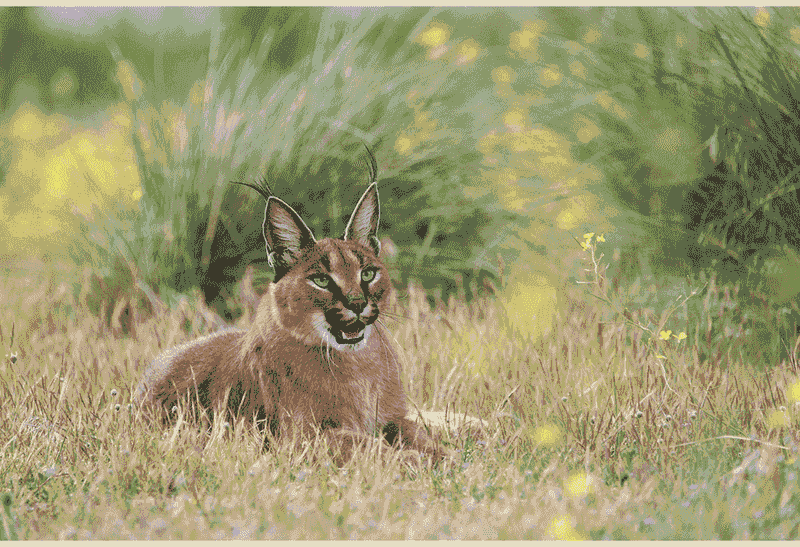
The caracal, with its striking ear tufts and sleek, reddish-brown coat, is a master of stealth in the African savannah. These agile hunters are known for their incredible leaping ability, often catching birds mid-flight.
Caracals are solitary animals, relying on their keen senses to track prey and avoid predators. Their beautiful coats provide perfect camouflage in their sandy, arid habitats.
Did you know? The name “caracal” comes from the Turkish word “karakulak,” meaning “black ear,” highlighting their most distinctive feature. These captivating cats embody grace and agility.
Platypus

The platypus, a creature of contradiction, combines traits of mammals and reptiles in its unique design. Its brown, waterproof fur keeps it insulated as it dives in Australian rivers.
This egg-laying mammal has a duck-bill and webbed feet, making it an excellent swimmer and hunter. The platypus’s unusual appearance and behavior intrigue scientists and nature enthusiasts alike.
A fascinating fact is that male platypuses have venomous spurs on their hind legs, used for defense. Their distinctiveness and adaptability make them one of Earth’s most extraordinary creatures.
Otter
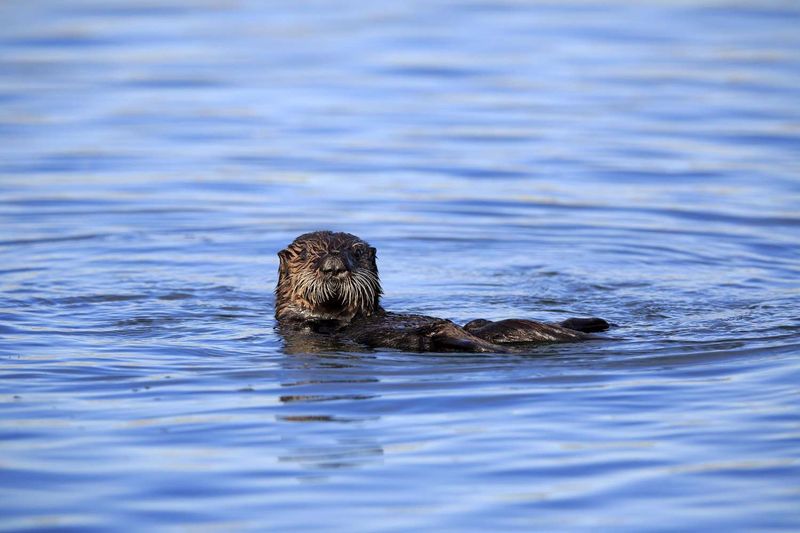
Otters are playful aquatic mammals known for their dexterity and intelligence. Their sleek, brown fur is perfectly adapted for life in water, providing warmth and buoyancy.
These social animals often live in family groups, where they engage in cooperative hunting and grooming activities. Otters are known for using tools, like stones, to crack open shellfish, showcasing their resourcefulness.
Did you know? Otters have a “pocket” in their armpits where they store their favorite stones for later use. This quirky trait, along with their playful antics, makes them a delight to observe in the wild.
Walrus

Walruses, with their long tusks and massive bodies, are iconic inhabitants of the Arctic. Their thick, brown wrinkled skin provides insulation against the frigid temperatures.
These social animals often congregate in large herds, where their interactions are both vocal and tactile. Walruses use their tusks to haul themselves onto ice and to forage for mollusks on the ocean floor.
Interestingly, a walrus’s tusks continue to grow throughout its life, reaching lengths of up to three feet. Their unique appearance and social nature make them fascinating subjects of Arctic wildlife.
Seal
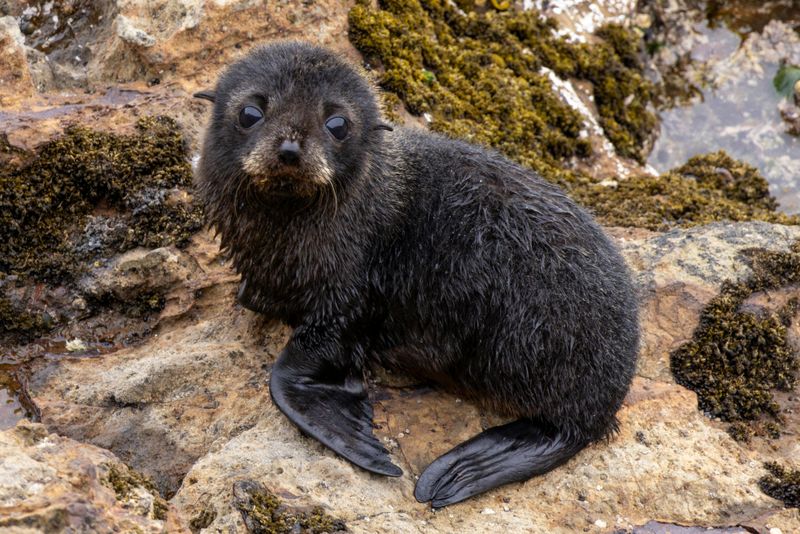
Seals, with their streamlined bodies and expressive eyes, are graceful swimmers of the ocean. Their brown fur offers camouflage against rocky shorelines and open waters.
Known for their playful nature, seals often engage in acrobatic displays both in and out of the water. They are social creatures, forming colonies on beaches where they rest and breed.
Did you know? Seals can sleep underwater by shutting down half of their brain while keeping the other half alert. This remarkable ability allows them to rest without losing awareness of their surroundings.
Komodo Dragon
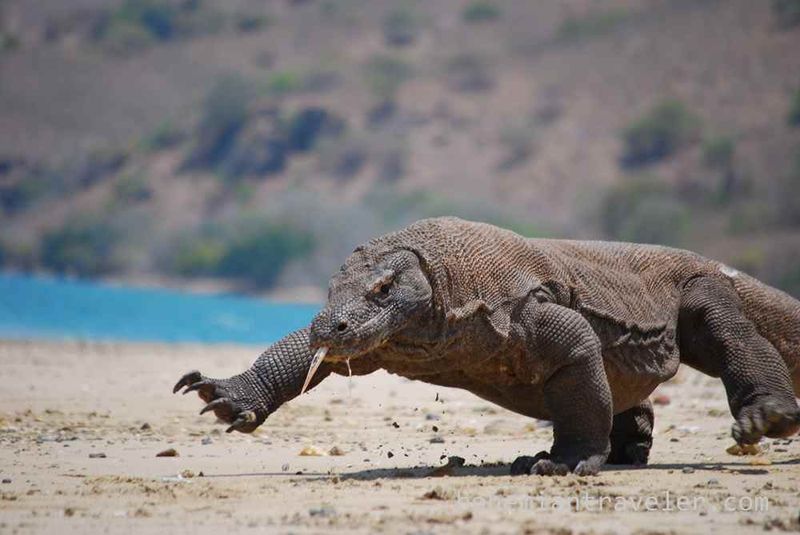
The Komodo dragon, the world’s largest lizard, is a formidable predator on the Indonesian islands. Its rugged, brown scaly skin provides camouflage in its arid habitat.
Equipped with a keen sense of smell, they can detect carrion from miles away. Despite their size, Komodo dragons are agile hunters, relying on stealth and power to catch prey.
Interestingly, Komodo dragons possess venom glands that help subdue their prey. Their ancient lineage and fearsome reputation make them compelling symbols of survival and dominance in the reptile world.
Sloth
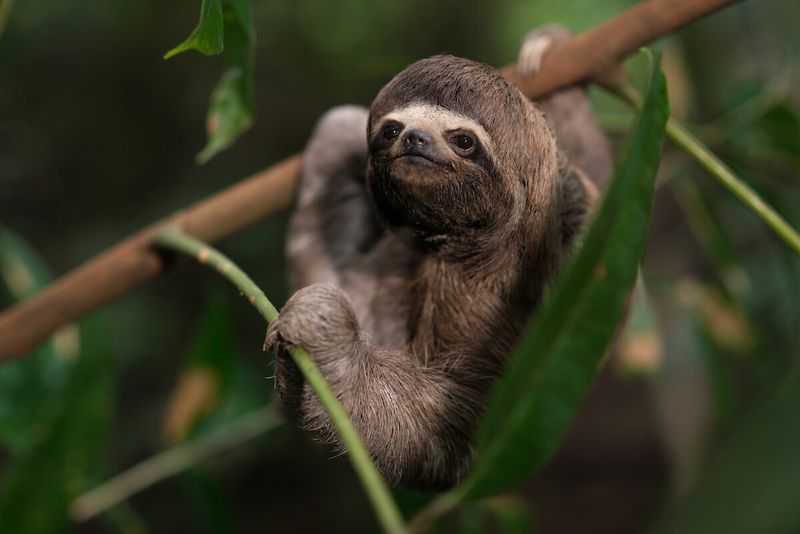
Sloths, with their leisurely pace and perpetual smiles, are beloved residents of Central and South American rainforests. Their brown, algae-covered fur helps them blend into the leafy canopy.
Spending most of their lives hanging upside down, sloths have adapted to a slow-motion lifestyle that conserves energy. Their unique, slow metabolism allows them to digest tough leaves over days.
Did you know? Sloths are excellent swimmers and can hold their breath underwater for up to 40 minutes. Their tranquil existence and endearing expressions have captured the hearts of people worldwide.
Giant Anteater

The giant anteater, with its elongated snout and bushy tail, is a specialist in its field. Found in Central and South America, this unique creature has a distinctive brown coat with striking black and white markings.
Using its sharp claws, the anteater tears open anthills and termite mounds, consuming thousands of insects with its long, sticky tongue. This diet makes them vital for controlling insect populations.
Interestingly, anteaters have no teeth, relying entirely on their tongues to capture prey. Their specialized feeding habits and striking appearance make them fascinating members of the animal kingdom.
Armadillo
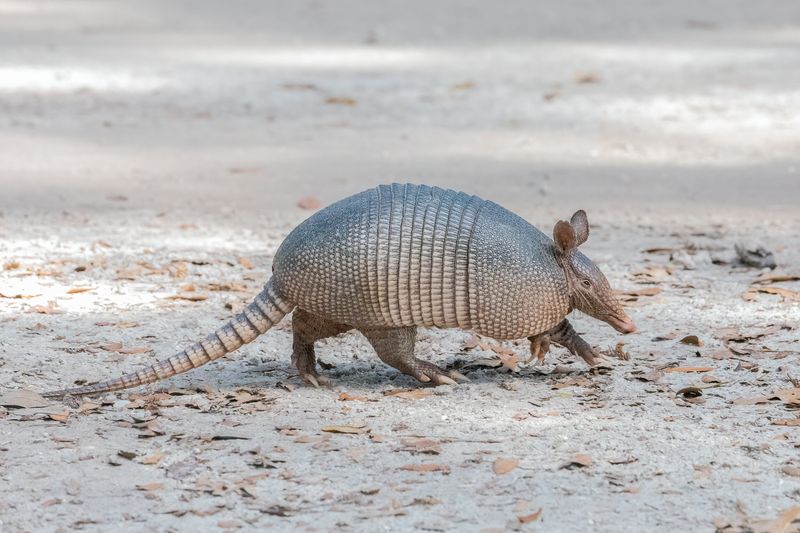
Armadillos, with their armor-like shells, are unique mammals native to the Americas. Their brown, leathery armor provides protection against predators, helping them thrive in various habitats.
These nocturnal creatures are known for their burrowing abilities, creating underground homes to escape the heat and evade threats. Their diet consists mainly of insects, fruits, and small vertebrates.
Did you know? Armadillos can roll into a ball as a defense mechanism, completely encasing themselves in their shell. This remarkable adaptation, along with their distinctive appearance, makes them intriguing creatures of the wild.
Orangutan
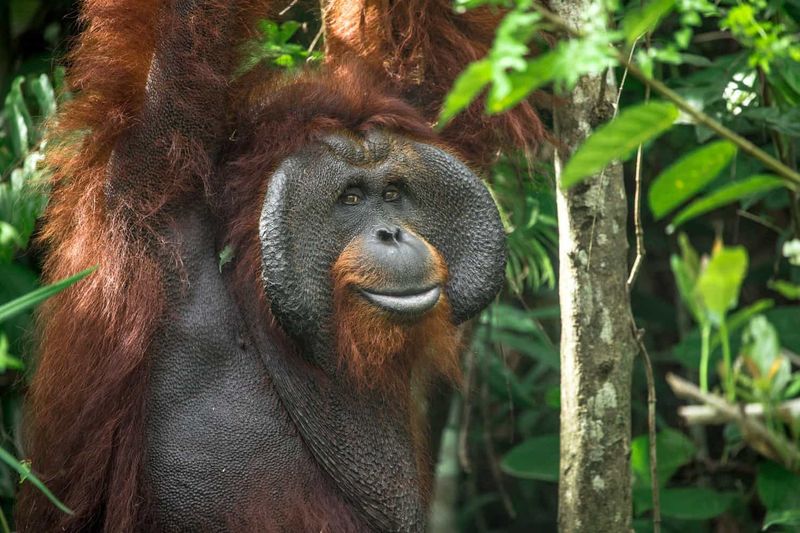
Orangutans, with their expressive eyes and long arms, are the gentle giants of Southeast Asian rainforests. Their reddish-brown fur blends seamlessly with the rainforest canopy.
Highly intelligent, they use tools and exhibit complex social behaviors. Orangutans are primarily solitary, with mothers nurturing their young for years.
Did you know? Orangutans share nearly 97% of their DNA with humans, making them one of our closest relatives. Their gentle demeanor and remarkable intelligence highlight the wonders of the primate world.
Elk
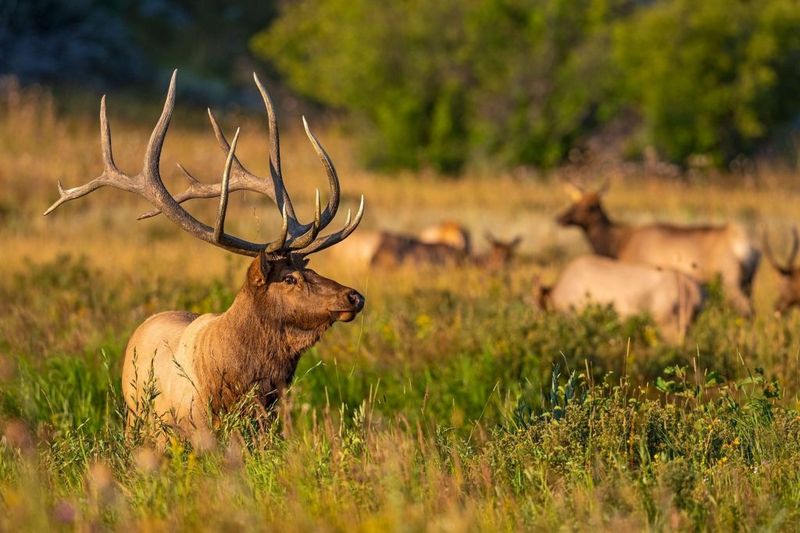
Elk, with their impressive antlers and regal stance, are majestic inhabitants of North America’s forests and grasslands. Their dark brown coats provide camouflage among the trees and open fields.
In autumn, the haunting bugle calls of male elk echo through the valleys as they compete for mates. These vocalizations are not only a call to potential partners but also a challenge to rivals.
During the winter months, elk migrate to lower elevations, showcasing their adaptability to seasonal changes. Their grandeur and striking presence make them iconic symbols of the wilderness.
Stoat
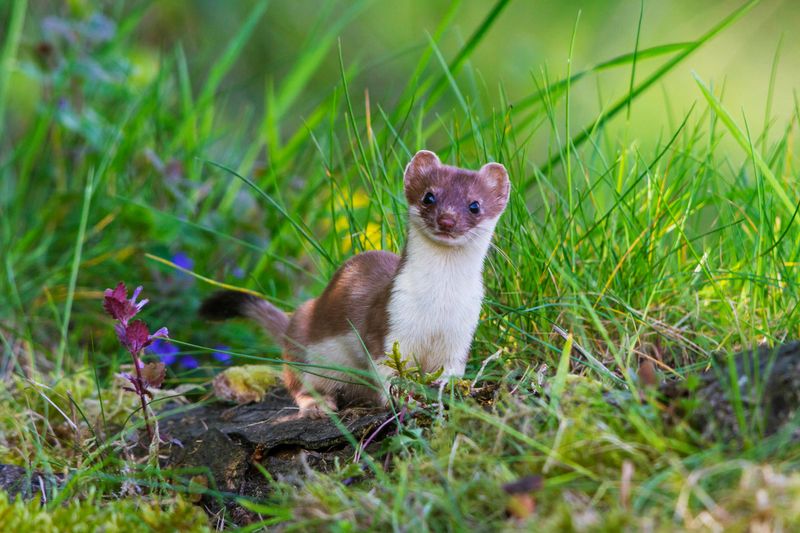
The stoat, a small, agile predator, is known for its seasonal coat changes. During the summer, it sports a brown coat that blends perfectly with the surrounding fields and woodlands.
Stoats are skilled hunters, preying on rodents, birds, and insects. Their slender bodies allow them to pursue prey into burrows and tight spaces.
In winter, stoats in colder regions develop a white coat called “ermine,” prized for its beauty. Their adaptability and fierce nature make these tiny hunters fascinating subjects in the animal world.

